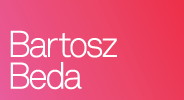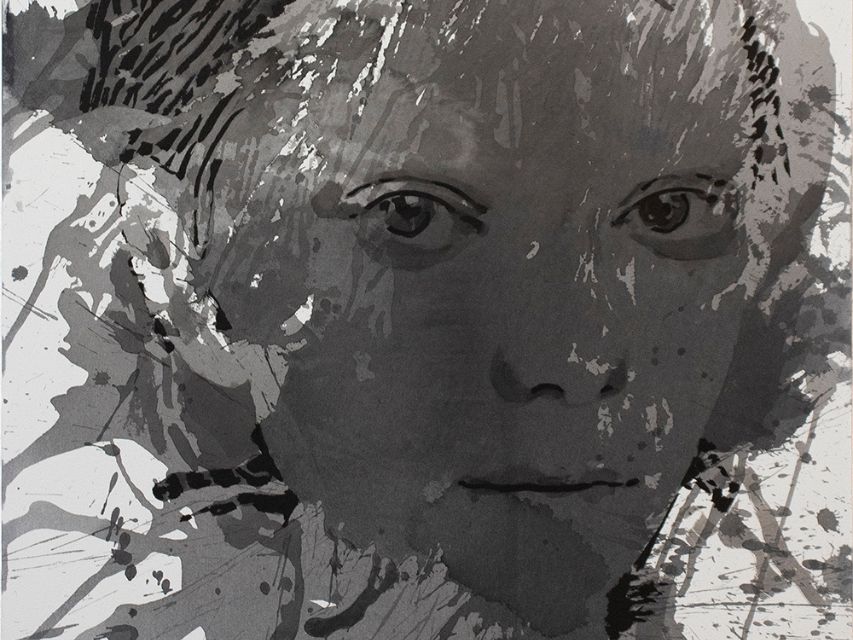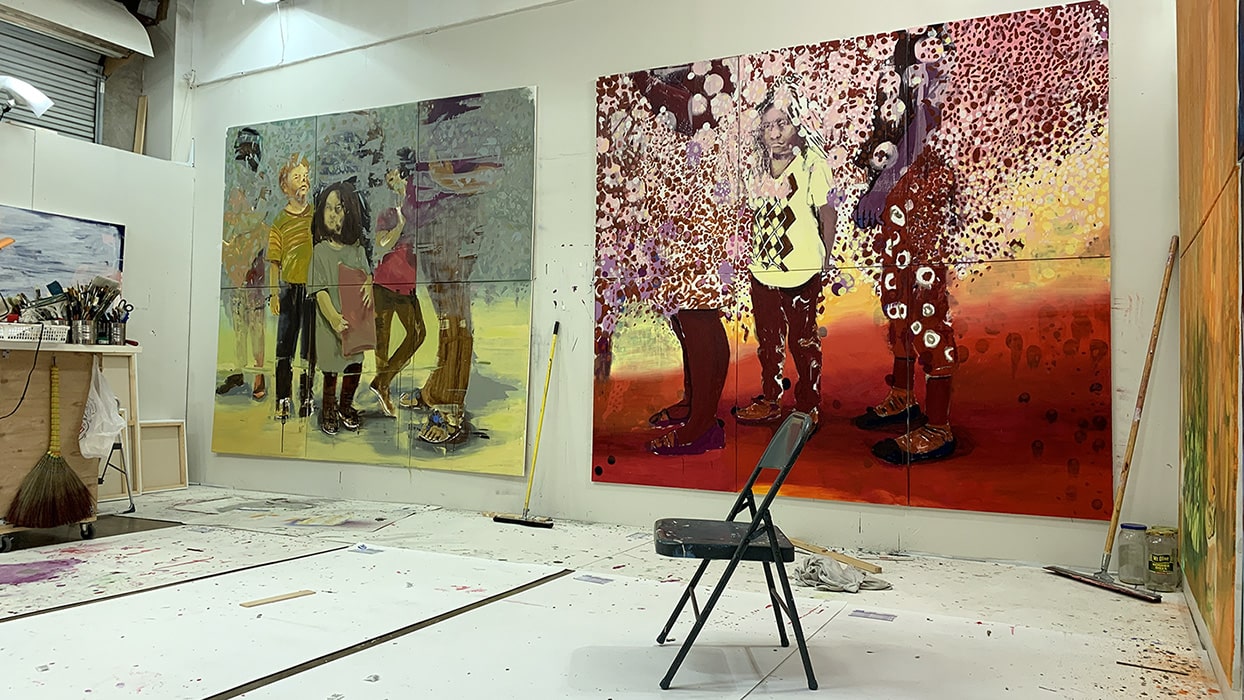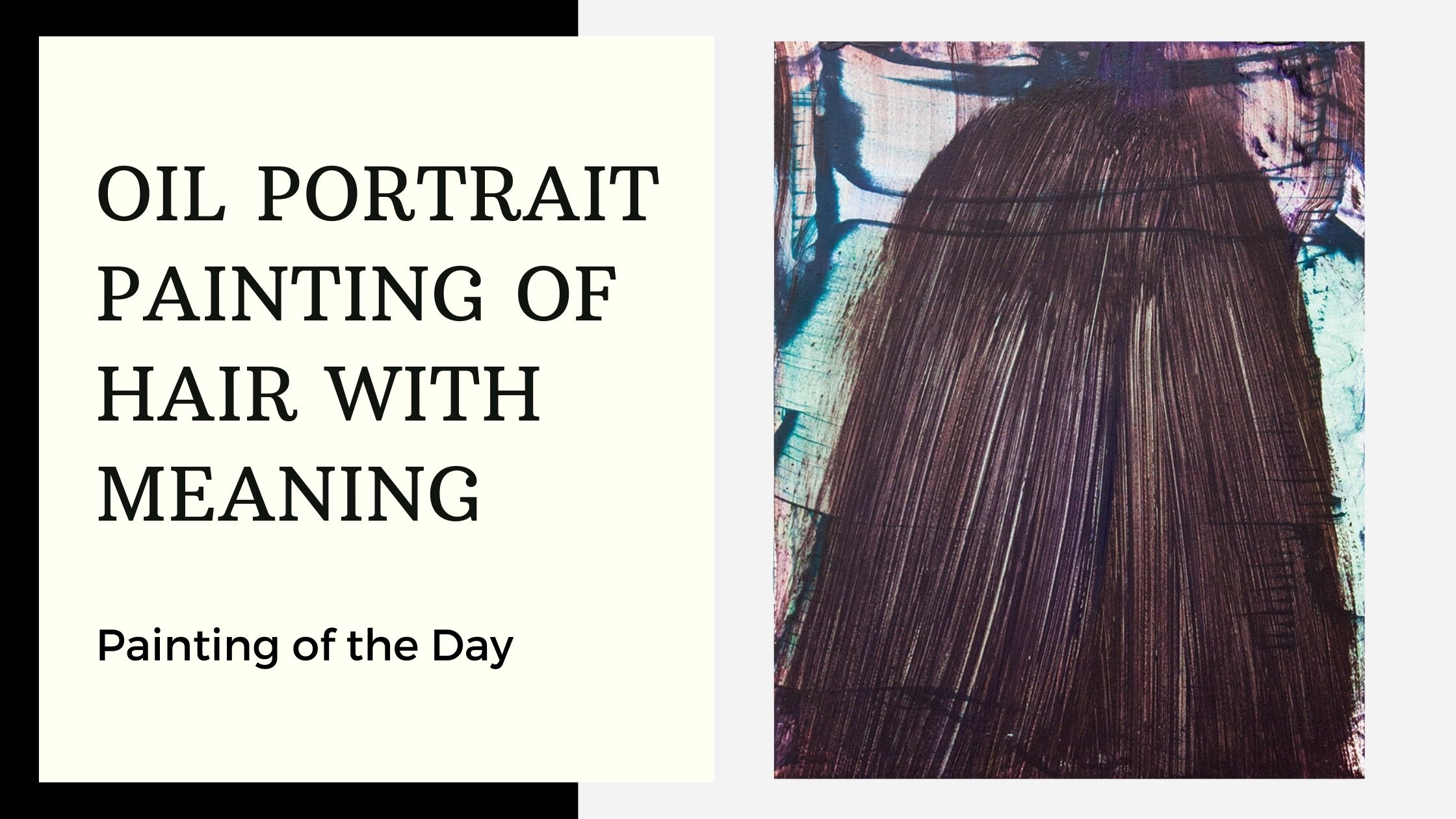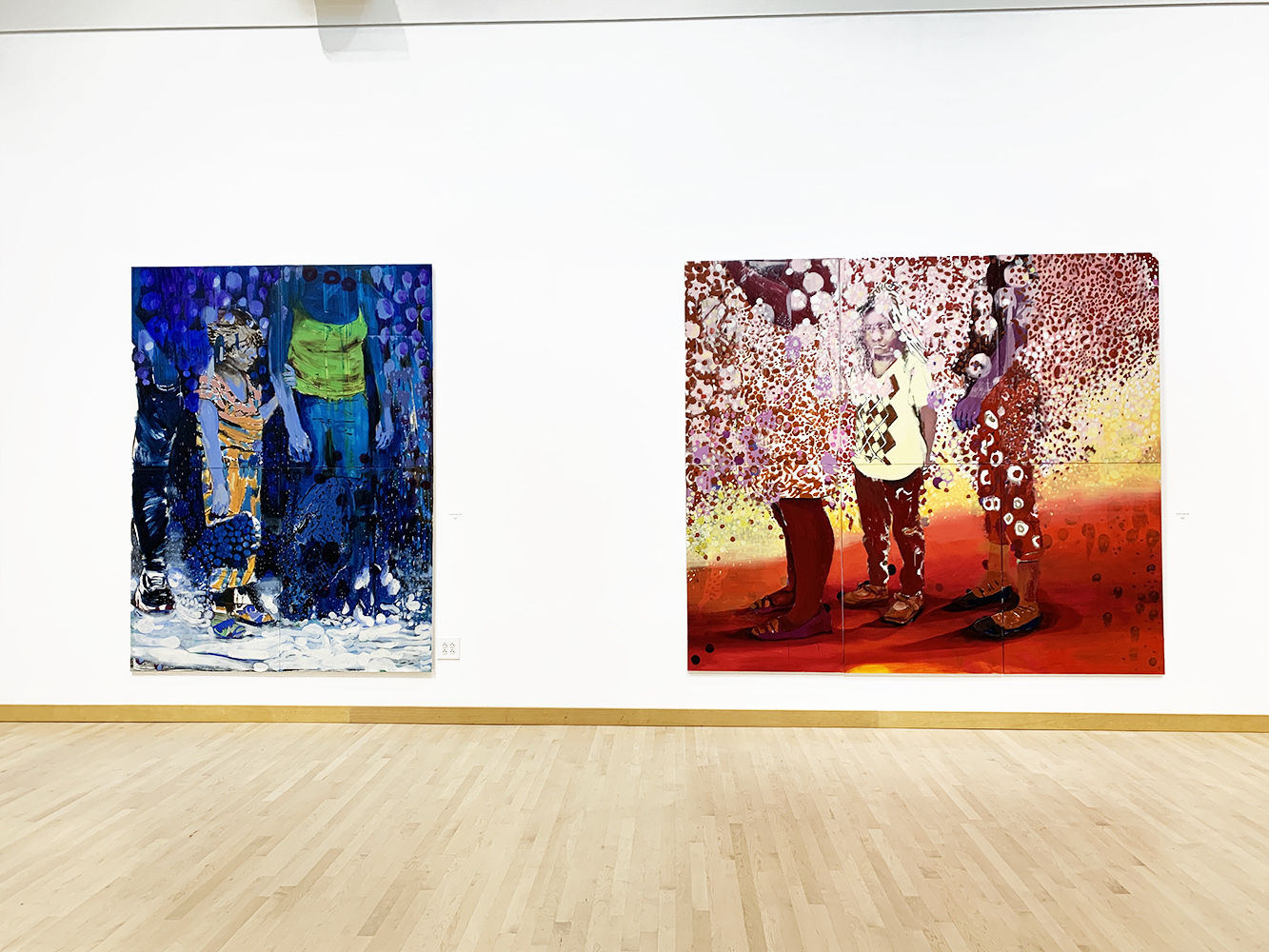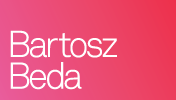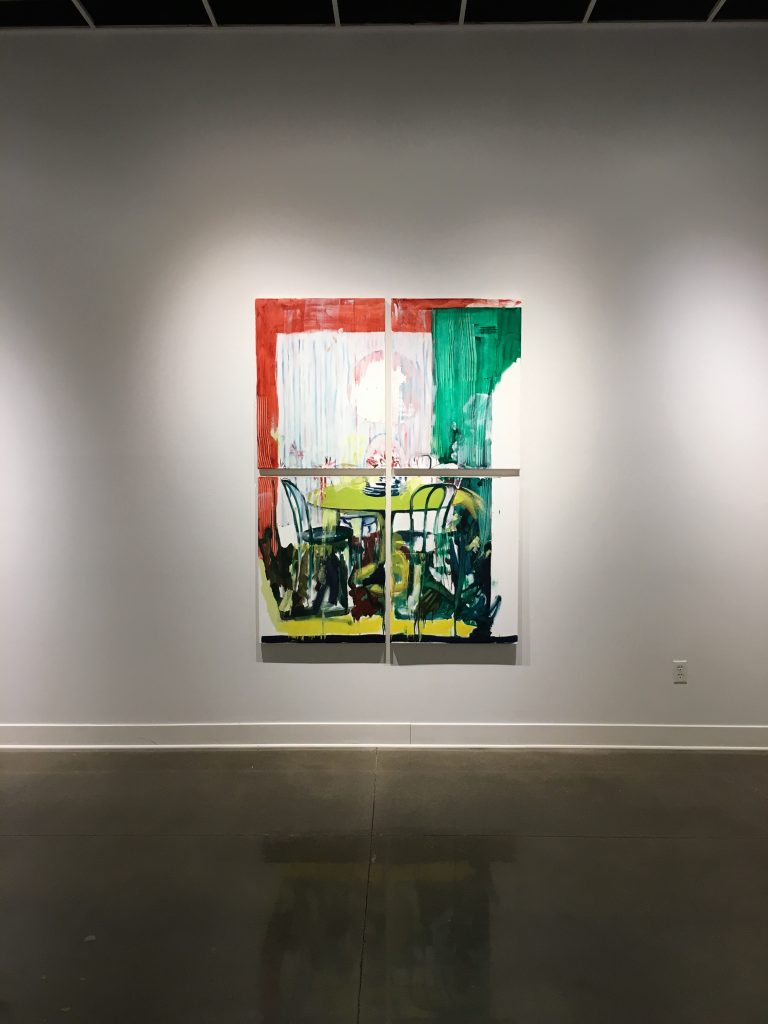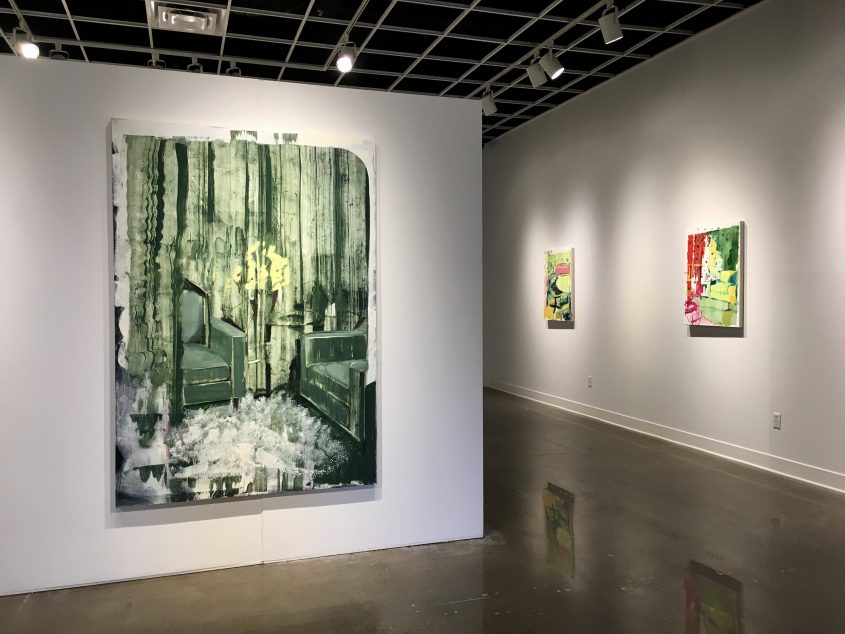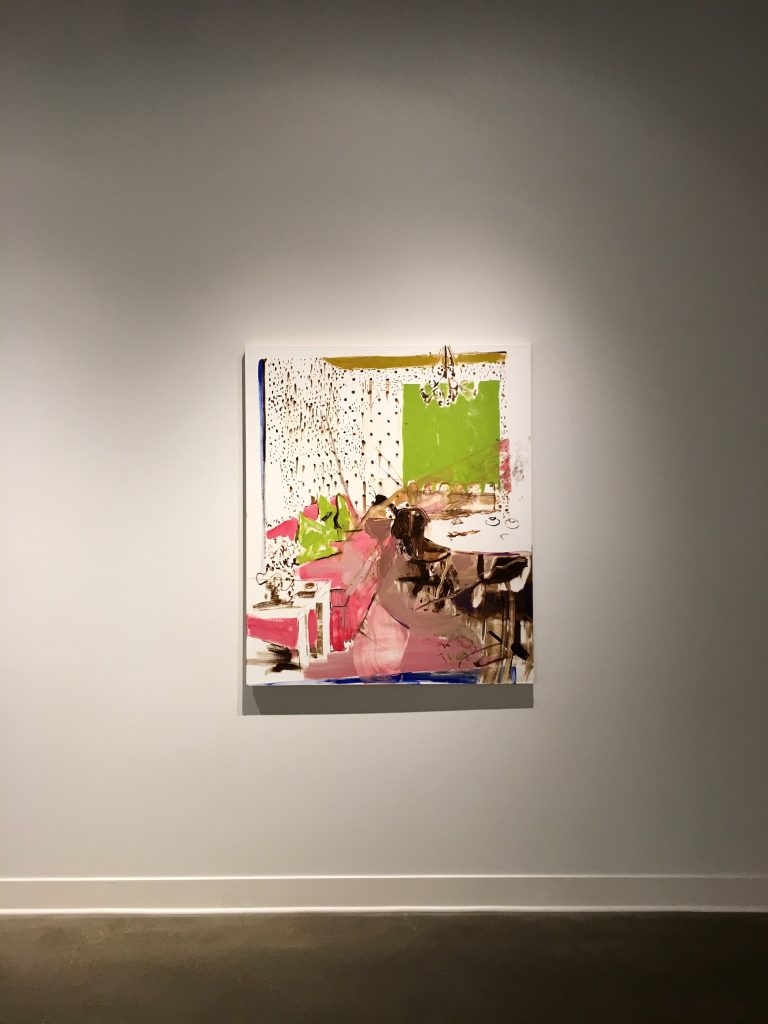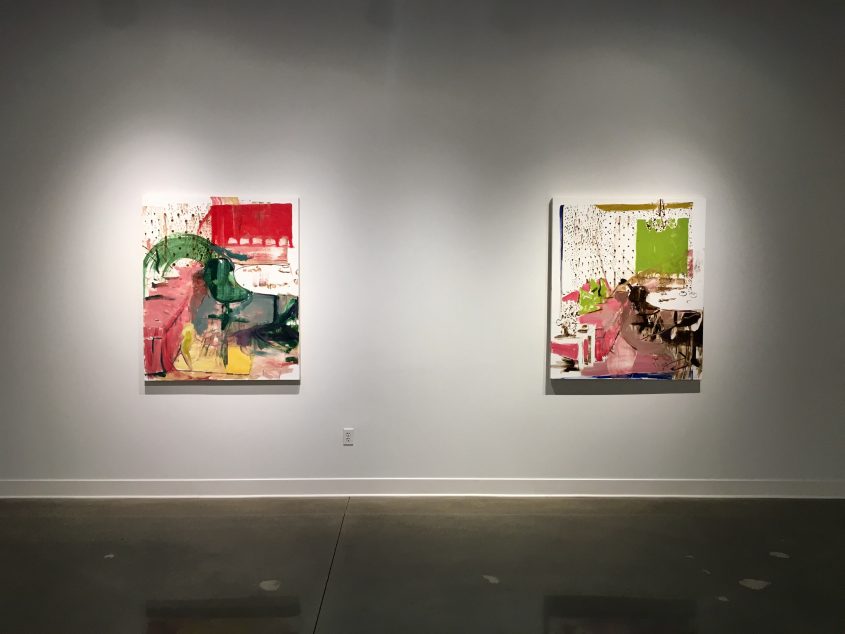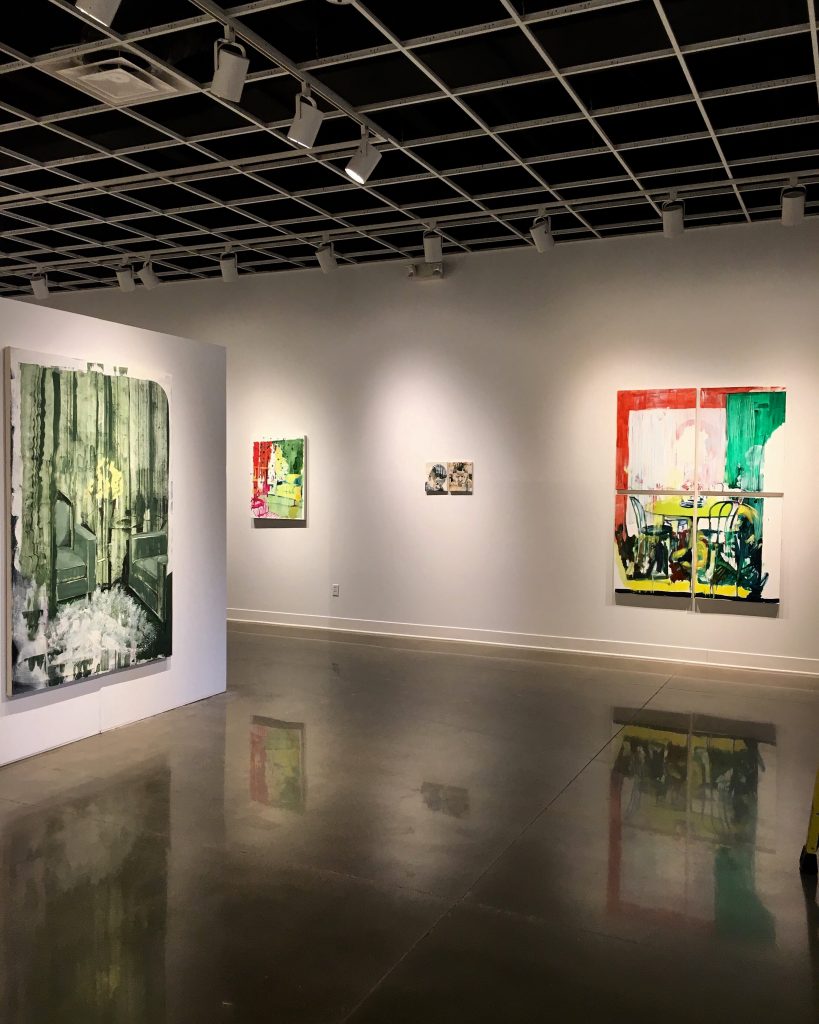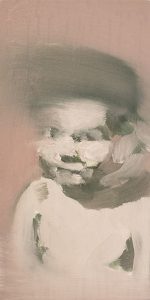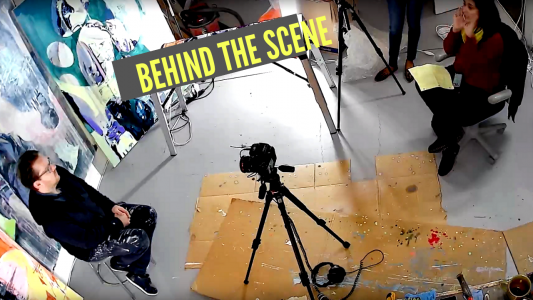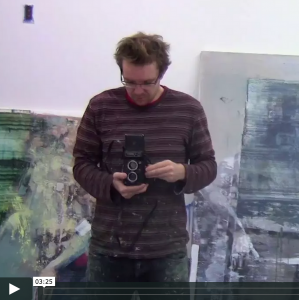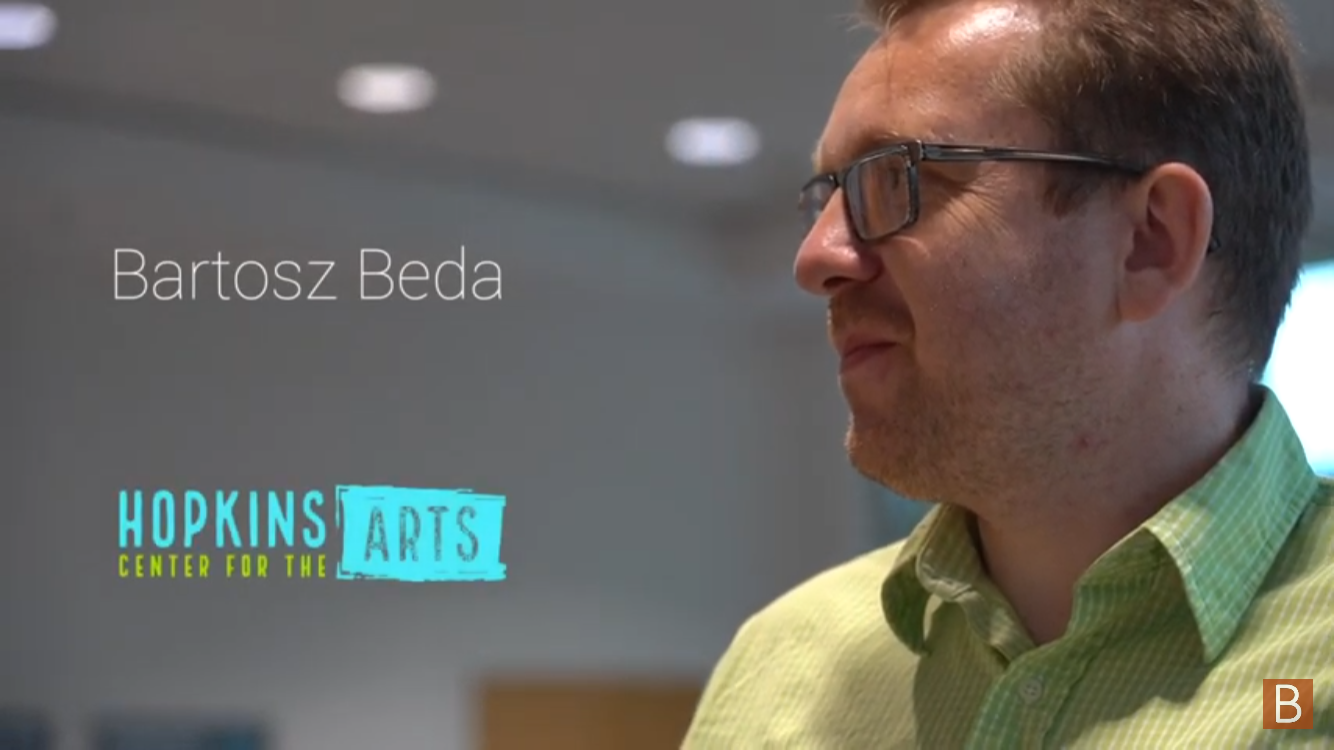
Hopkins Center for the Arts: Interview and Images
Interview at Hopkins Center for the Arts
The interview was recorded during the opening reception on August 15th 2019. Special thank you to Gary and Hopkins Center for the Arts for making this interview happen.
For more details about exhibition, please visit here.
I shared on my other post with pictures from my studio while creating painting for the solo exhibition “Ten Starts From One” at Hopkins Center for the Arts.
Gallery Exhibition Space at Hopkins Center for the Arts
Script From the Interview with Hopkins Center for the Arts:
My name is Bartosz Beda. I’m an artist, a painter. Painting is a primary medium that I use in my work. I was born in Poland. I lived in the UK for about 10 years where I graduated from my BA and MA course in painting.
After that I was awarded with a scholarship to Dresden Academy of Art in Germany. The same academy where Gerhard Richter was studying. Shortly after the scholarship, I went back to the UK and then I’m settled down here in the United States in Moscow, Idaho.
I ended up living in Moscow, Idaho as my wife – at that time, my girlfriend she got a job at University of Idaho. So that was a decision for us to move there for a while.
Recently we moved to Dallas, Texas, and that’s where I live and work. I have my studio there and also my family moved there as well, so that’s how it works.
I was raised in Poland. I started drawing and painting when I was around seven years old. I was following my older brother who was 11 years older, and he was drawing and painting in a pretty high level. So I was in a very mature way copying his drawing and paintings, and that’s how I develop that interest and passion for the drawing and painting.
So shortly after that, my parents send me to private secondary art school in Poland. That school was focused on traditional drawing and painting. So I was able to develop those skills in drawing and painting.
After that I worked for an animation studio. I was working with Director Mark Subleski on the production of a short animation production of atheist that receive international prices in the UK as well as in other countries and that also led to another production of Peter and the Wolf by Suzie Templeton.
That was about a 30 minutes production and this animation receive an Oscar prize in 2008. So that was really very inspiring and huge award and also I thought that maybe animation will be something that I will work with or work for, but I ended up losing that interest in it and switched to painting. Once I made that decision,
I felt that if I want to do a painting, I want to move elsewhere and study painting or learning about painting in a different country. So because Poland at that time joined the European Union and the border was open and people could freely travel between the countries.
So I decided to go to the U K primary because I knew a little bit of English, so I felt that that would be easier, but it was just a one step to getting into what I really wanted to do.
Painting is my passion and when I was at a school at my secondary art school in Poland, all of my teachers were telling me that painting is that. So that’s something that was coming from like 70s, 80s when all those kind of art movements were changing, and I thought that that was a very interesting way of starting painting, were those thoughts that were implemented in me through the school system, that painting is dead.
As a young adult at that time I maybe was trying to do something against something that was told me or was presented to me, so maybe that was one of the ways to do it.
I can always talk about individual work, but I like to look at paintings as a puzzle. So once you take one piece away, then that puzzle is not completed. So that’s how I think about exhibitions that I have.
They are a form of intellectual composition that has the beginning, middle, and end of it. So once you take one part of that puzzle composition I call it, then you feel that something is incomplete.
So maybe it’s the same with the paintings you see here, once you maybe distinguish them and see them separately they may stand out as a painting itself but maybe they are not a completed puzzle. So that’s how I kind of see it. I don’t know if it makes sense or not.
I think that people can take what they want. Really, at the end when you look at a piece of art you don’t really think about whether this artist was drunk that night or thirsty when he was making that work.
You just explore what you feel about the artwork, I think that that’s what is important for me. When people approach a painting, I want them to see what they feel and what they really want to interpret and take from it.
So that way painting stays as an open window where you can take and inhale as much fresh air as you want, or you can just express your negative emotion toward it as well and that is fine too.
I think that’s the beauty about painting or art itself that you don’t have to like it, you don’t have to enjoy it but you will always, no matter what takes something from it for yourself.
I like this part as well because it’s a time when I engage with the audience and nowadays you can engage through many things, whether it’s online type of marketing or person to person, but I still value that personal connection with people and I think that’s the best thing to do and maybe nothing else can take that away.
